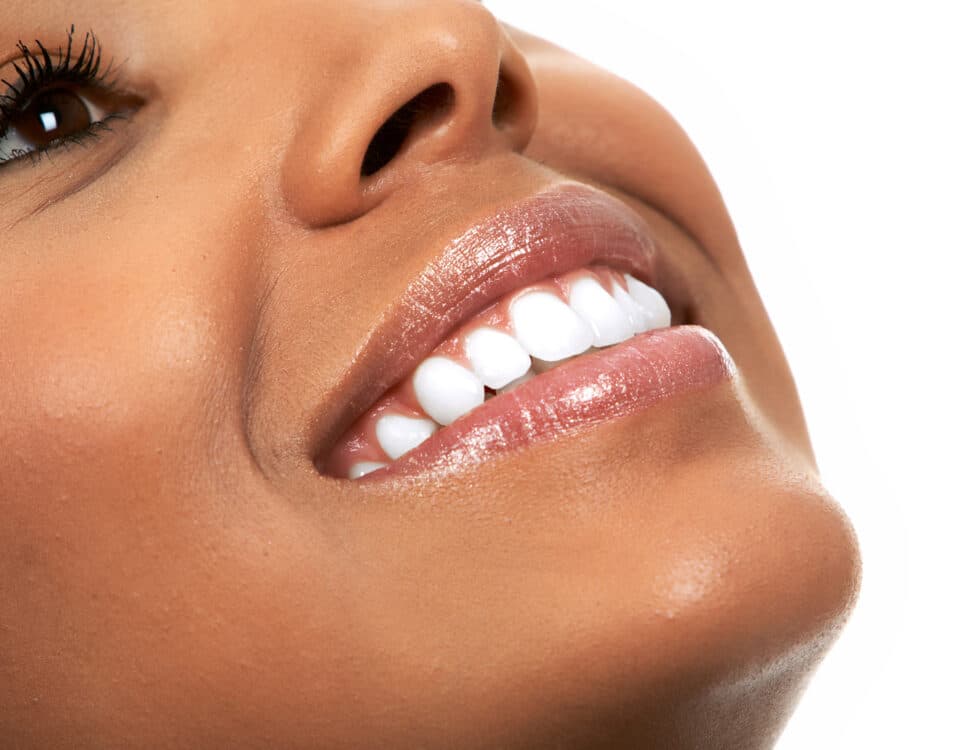How To Whiten Your Smile
How To Know If You Need A Root Canal
March 22, 2019The Evolution of Digital Dentistry
April 12, 2019Teeth whitening treatments have been a popular trend for decades now, but modern technology has allowed for better and faster ways to get the white smile that you’ve always wanted. From in-office whitening to at-home treatments, you can remove stains and tooth discoloration with as little as one whitening treatment. Although options vary from person to person, there is always at least one type of treatment that can make your smile the most brilliant that it can be. If you are ready to change your smile for the better, read on to learn what treatments are available and how soon you can have the white teeth that you have been waiting for!
How Our Teeth Change Color
The way our teeth look and feel are important components to our oral health regimen. Although brushing and flossing our teeth prevents the buildup of plaque that can cause tooth decay, sometimes our teeth will still not be as white or sparkling as we wish they were. The American Academy of Cosmetic Dentistry asked patients what they would most like to change about their smile, and the most common response was having whiter teeth. While most patients take good care of their teeth, there are certain habits and activities that people take part in that affect how white their teeth stay. The five most common reasons that teeth change color are due to food and drink, tobacco, age, trauma, and medication use. Some drinks, such as coffee, tea and wine, are major causes for stained teeth due to the chromogens (intense color pigments) that attach to the enamel of the tooth. Tobacco use is another reason why teeth yellow easily. Due to the harsh chemicals, like tar and nicotine, that are found in tobacco products, teeth are easily stained through repeated use. Dental injuries, such as being hit in the mouth, can cause a tooth to darken, while medications such as antihistamines, antipsychotics and high blood pressure medications, can have side effects of tooth darkening. Other intense treatments, such as chemotherapy and radiation therapies, can darken teeth, as well.
Types of Stains
Tooth discoloration can be caused by changes in the tooth’s material or surface stains, and sometimes a mixture of both. Dental professionals have identified three main categories of tooth discoloration: extrinsic teeth stains, intrinsic teeth stains, and age-related teeth stains. Extrinsic teeth stains refer to stains on the surface of the teeth that are commonly caused by tobacco use or regularly drinking coffee or tea. These types of stains respond well to dental cleanings since they are basically a buildup of residue and protein on the tooth surface from food and drink. Intrinsic teeth stains deals with staining below the surface of the tooth caused by particles that work through the exterior of the tooth and into the tooth enamel. This is commonly seen in patients, especially children, with high levels of fluoride use. Although trickier to remove, intrinsic teeth stains normally require bleaching to be removed entirely. Lastly, age-related teeth stains are caused by just that, age. The core tissue of our teeth is called dentin, and as we age, it begins to yellow and discolor. Our enamel begins to grow thinner as we age, as well, so the dentin is more easily seen with time. These intrinsic causes, combined with extrinsic factors, such as using tobacco or eating certain foods, causes discoloration in adult teeth as they age.
Teeth Whitening Options
Most dental offices provide at-home and in-office teeth whitening treatments that allow you the flexibility to whiten your teeth at your convenience. Before you get your teeth whitened, however, your teeth will need to be prepped and cleaned by a dental professional to remove any plaque on or in between your teeth. A dental exam will then be completed to determine if you have any tooth decay, cracks in your teeth, or other problems that could affect the teeth whitening process. In-office teeth whitening treatments are the most popular way to whiten teeth and are done under closely monitored conditions to make sure that the bleach gel being used is safe and controlled. In-office treatments provide almost instantaneous results and most patients can expect to see a 5-10 shade difference in under an hour. LED whitening treatments are done every six months at your dental exam and whiten teeth 1-3 shades in just 20 minutes. Boost System by Ultradent is another popular option that uses a chemically activated power whitening gel that provides whiter teeth in under an hour. Since the hydrogen peroxide gel is chemically activated, it doesn’t require a light to get the results that you want.
For patients who don’t have time to come into the office, there are multiple options for at-home teeth whitening treatments. Most treatments use custom trays that are fit to your mouth combined with whitening gel that get you a whiter smile while in the comfort of your own home. This take-home system is preferable for busy patients because the custom-made mouthpieces can be worn day or night, the treatment can be done whenever you have free time, and the potassium nitrate and fluoride in the gel strengthens tooth enamel and decreases tooth sensitivity while whitening your teeth at the same time. Although this treatment takes longer than in-office treatments, most patients will see whiter teeth within 2-6 weeks.
How To Start
If you’re interested in getting the white teeth that you’ve always wanted, call Stonebrook Family Dental at (303) 872-7907 for a consultation to see which teeth whitening option is best for you. Our experienced team of professionals is ready to help you and your family get the brilliant smiles that you deserve!




